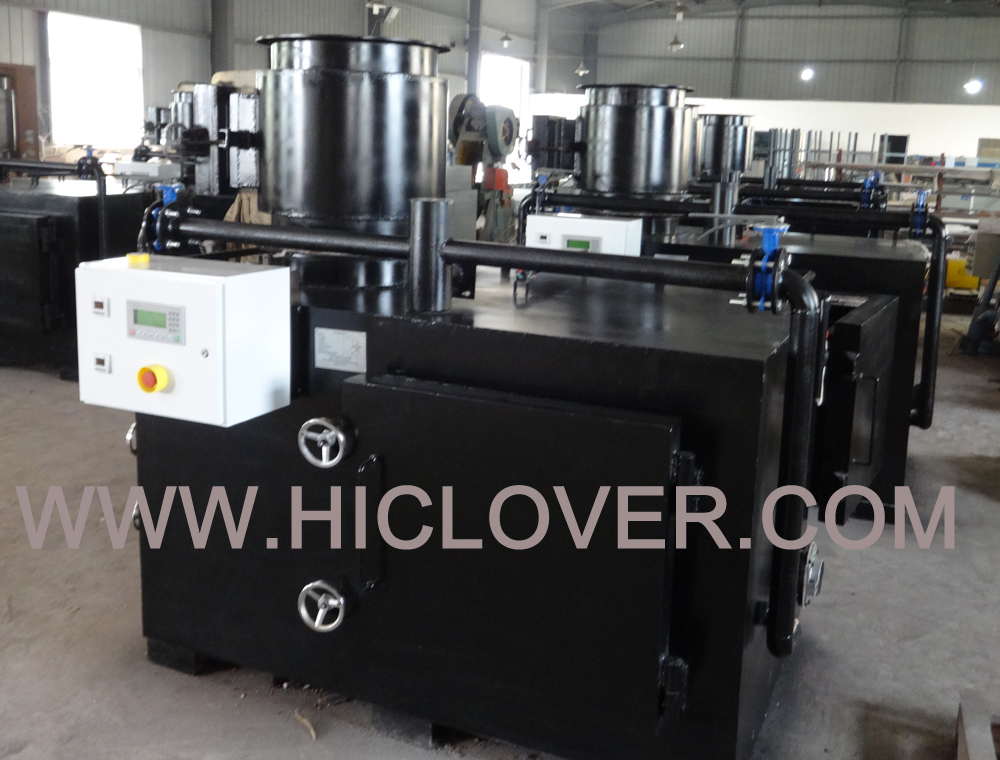Incinerators are important tools for waste management, helping to reduce the volume of waste and minimize its impact on the environment. Proper operation of incinerators is crucial to maximize their efficiency and minimize emissions. Whether you are a seasoned professional or just starting out in the field, it’s important to know the best tips and tricks for efficient incinerator operation.
Here are some key tips and tricks for efficient incinerator operation that will help you get the most out of your incinerator:
1. Proper Loading: Proper loading of the waste into the incinerator is essential for efficient operation. Use the correct size and type of waste to ensure uniform distribution of heat and combustion. Avoid overloading the incinerator to prevent blockages and ensure consistent air flow.
2. Maintain Proper Airflow: Controlling the airflow into the incinerator is crucial for efficient combustion. Make sure the air supply is properly regulated to maintain optimal combustion conditions. This will help minimize emissions and maximize energy recovery.
3. Monitor and Control Temperatures: Regularly monitor and control the temperature inside the incinerator to ensure complete combustion of the waste. Proper temperature control will help minimize emissions and maximize energy recovery. Use thermocouples and other monitoring devices to accurately measure and control the temperature.
4. Use High-Quality Fuel: Using high-quality fuels, such as clean-burning natural gas or propane, can help optimize incinerator performance and minimize emissions. Avoid using low-grade or contaminated fuels that can lead to incomplete combustion and higher emissions.
5. Regular Maintenance: Regular maintenance of your incinerator is essential for efficient operation. Clean the burners, inspect the refractory lining, and check for any signs of wear and tear. Proper maintenance will help ensure consistent performance and extend the life of your incinerator.
6. Proper Waste Segregation: Proper segregation of waste is important for efficient incinerator operation. Separate hazardous waste from non-hazardous waste, and sort waste according to its calorific value. This will help optimize combustion and minimize emissions.
7. Use Energy Recovery Systems: Consider installing energy recovery systems, such as heat exchangers or steam turbines, to capture and utilize the heat generated during the incineration process. This can help reduce energy costs and maximize the overall efficiency of the incinerator.
8. Monitor Emissions: Regularly monitor emissions from the incinerator to ensure compliance with environmental regulations. Use emission control devices, such as scrubbers or filters, to minimize pollutants and ensure clean air releases.
By following these tips and tricks for efficient incinerator operation, you can maximize the performance of your incinerator, minimize emissions, and ensure proper waste management. Whether you are operating a small-scale incinerator or a large industrial unit, these principles remain the same. Proper operation and maintenance of your incinerator will help you achieve optimal results and contribute to a cleaner, healthier environment.



